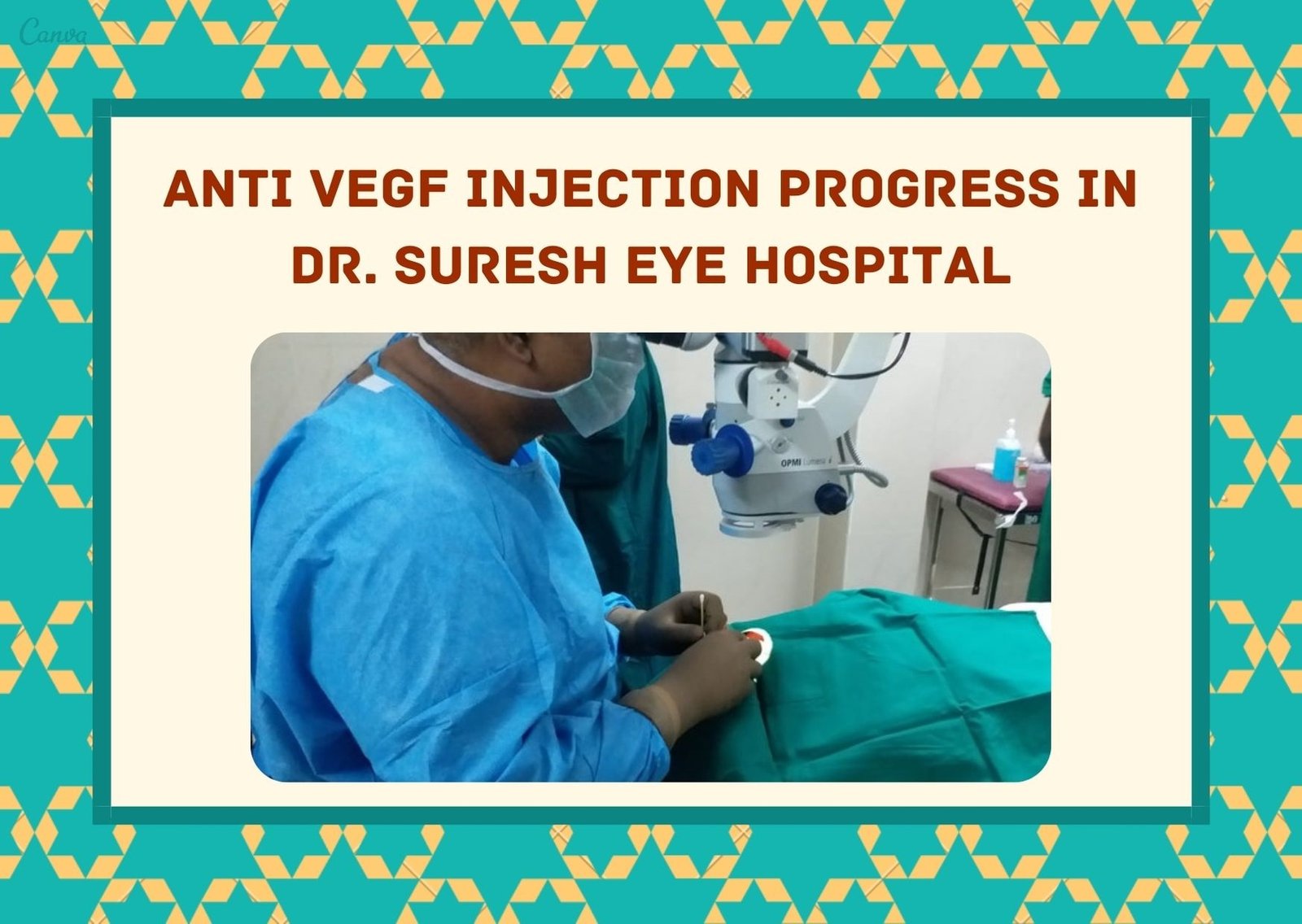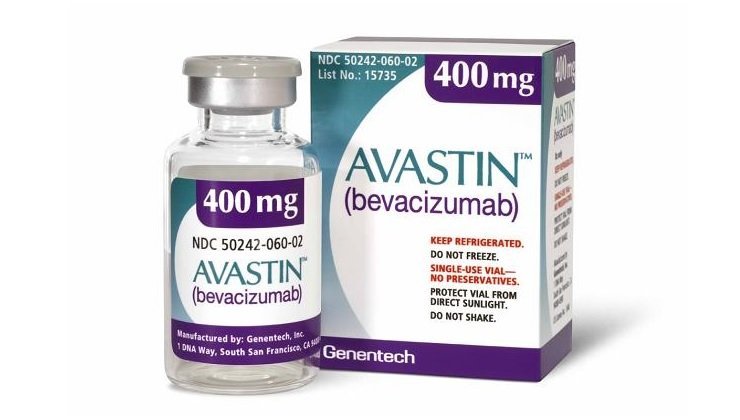
EXPERIENCE
CARING
ANTI VEGF
INJECTION
1)
Anti VEGF
injection:-
The two most widely used drugs at present are Lucentis
(ranibizumab) and Avastin (bevacizumab). Both drugs are monoclonal antibodies
that bind to all three forms of VEGF. They are very similar drugs but Lucentis
is a smaller molecule and is believed to bind VEGF in the eye with greater
affinity. Lucentis is intended purely for intraocular injection, and each vial
can only be used for one patient. Avastin was intended to be given intravenously
as an anti-cancer drug, and comes in vials of 100 mg.

2)
Are eye
injections safe:-
There is a low risk
of serious complications caused by the injections (about 0.1% chance per
injection). These are retinal detachment or infection in your eye
(endophthalmitis).
3) Does avastin
injection improve vision:-
Some patients
treated with Avastin have shown a more normal looking macula. Their vision also
improved. Some patients have regained vision. It may not stop further loss of
vision caused by the disease.
4)
How long does
it take for Avastin eye injection to work:-
By one month the drug should be working. Many people will notice some improvement in vision. This improvement maybe temporary, and the injection may be offered again months later. The macular oedema reduces, with a maximum reduction at 2 weeks, and starts to wear off after 3 months (see).
5)
where is
injection injected in the eye:-
The inside of the
eye is filled with a jelly-like fluid (vitreous). During this procedure, your
health care provider injects medicine into the vitreous, near the retina at the
back of the eye.

6) How much:-
0.05ml used
7)
Avastin and
lucentis:-


8) Procedure and Technique :

